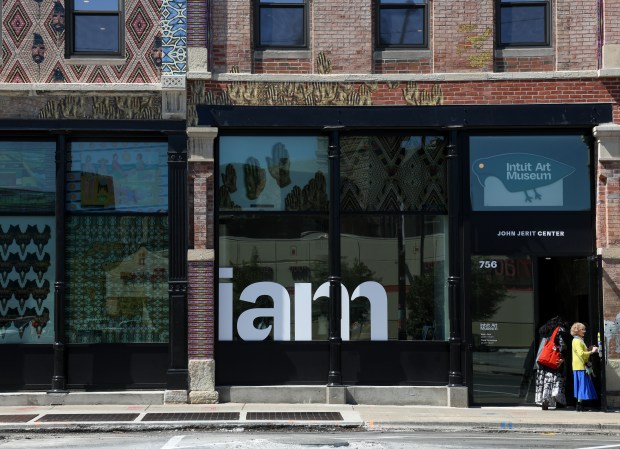Imagine you are Kate Middleton, Britain’s 42-year-old Princess of Wales.
You have a busy professional schedule as a member of Britain’s trimmed-down monarchy, even as nasty stateside salvos from Harry and Meghan still are being sent in your direction, insults to which you cannot easily respond. You have three young kids. Your father-in-law is new to the throne. Hungry tabloids live to chronicle your every mistake. And now you’ve been told you need surgery.
Certainly, many privileges are embedded in your life. But it’s hardly an easy existence.
Off Kate went in mid-January to a London hospital, and word came from Kensington Palace that the princess was undergoing abdominal surgery to correct a noncancerous problem. As is customary in these situations, respect for privacy in the face of a medical condition was both requested and ignored.
To much of Britain’s press, the statement was one of nondisclosure. They’re usually on the side of, when in doubt, fully disclose, but in the long historical ledger of public figures not divulging their medical condition, this was hardly an egregious entry.
Abdominal surgery is reasonably specific; certainly, Kate let on far more than did U.S. Defense Secretary Lloyd Austin, who has a far more important job. He was hospitalized Jan. 1 without even saying he was there for a working week. Not only did he not tell the American public, he didn’t let on to his boss, the president of the United States, nor top officials at the Pentagon, nor the National Security Council. By comparison, Kate was an open book.
But back to London. Kate’s surgery is successful and, as Kensington Palace duly announces on Jan. 29, she goes home. She then — Oh, the audacity! — takes time to recover at home as her husband, the Prince of Wales, takes over the school runs.
Enter a fevered and truly unhinged display of wild conspiracy theories revolving around some absurd “Where is Kate?” narrative, as made up out of whole cloth by the British media and duly making their way into U.S. media.
Where actually was Kate? Clearly, living at home, away from the cameras and recovering from her abdominal surgery. She did precisely what any other person would do in her situation. Right at the start, she had announced an end date to this convalescence (Easter, presumably on advice of her doctors), and that was all she needed to do.
Flash-forward to U.K. Mother’s Day.
No doubt stung by the stories, Kate decides to put out a happy picture with her kids, as if to say, “Yes, I am here with my family and alive.” But being an amateur photographer, she decides to do a little post-facto photoshopping of the image. Her communications teams puts it out, savvy image specialists immediately spot the doctoring and score spots on morning TV, media organizations with policies against such tampering then pull the photo and, in a flash, a nonscandal scandal is made much worse for a woman still recovering from her abdominal surgery.
And you wanted to be a princess? Not in this brutal world.
Kate immediately apologizes, personally taking the blame, even though the fault surely was with those professionals whose actual job it is to know what the media’s policies are on such matters and, frankly, also with the various press agencies and others who rushed the photo out across the world, despite the obvious manipulations. But that would require some introspection on the media’s part. Much easier to find fault with the mark.
We suppose it’s possible that Kate has done a runner, as they say in the U.K., and sits on some Barbados beach with a new beau and a MacBook, having faked everything. But, seriously, what trollop is this?
Kate did nothing wrong. Let her recover with her family and then go back to her work. The world has plenty of real villains to worry about.




